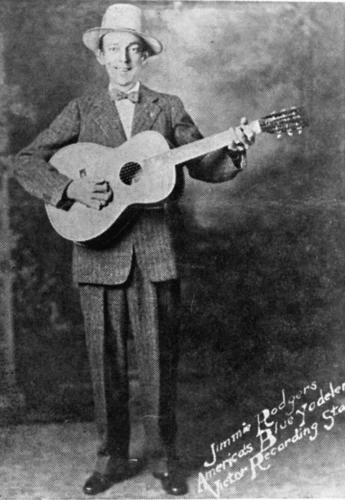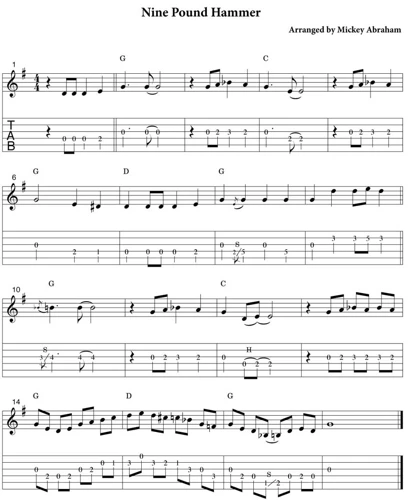Flatpicking is a popular technique in country music, characterized by using a flat pick to strike individual strings in a rapid, rhythmic pattern. This style has produced some of the most memorable songs in country music history. In this blog post, we will explore some of the most famous flatpicking songs in country music.
Orange Blossom Special
“Orange Blossom Special” is a bluegrass instrumental standard and a showcase for flatpicking. Written by Ervin T. Rouse in 1938, the tune has been recorded by countless artists, including the legendary flatpicker Doc Watson. The song’s lightning-fast fiddle melody and intricate guitar runs have made it a favorite among flatpickers and audiences alike.
Blackberry Blossom
“Blackberry Blossom” is another classic bluegrass instrumental that features flatpicking. The tune is believed to have originated in the 19th century and has been performed by a variety of artists, including Flatt & Scruggs and Ricky Skaggs. The song’s lively tempo and intricate guitar work make it a favorite among bluegrass fans.
The Ballad of Jed Clampett
“The Ballad of Jed Clampett,” also known as the theme song to the popular TV show “The Beverly Hillbillies,” is a classic example of flatpicking in country music. The song features a catchy melody and a fast-paced guitar solo that highlights the flatpick style. The song’s humorous lyrics and upbeat tempo have made it a beloved part of American pop culture.
The Devil Went Down to Georgia
“The Devil Went Down to Georgia” is a classic country song that features flatpicking in a big way. Written by Charlie Daniels and the Charlie Daniels Band, the song tells the story of a fiddle player who makes a deal with the devil to win a fiddle-playing contest. The song’s fast-paced fiddle playing and intricate guitar work are a testament to the skill of the musicians involved.
Foggy Mountain Breakdown
“Foggy Mountain Breakdown” is a bluegrass instrumental classic that features flatpicking prominently. Written by Earl Scruggs and Lester Flatt, the song has been recorded by a variety of artists, including Flatt & Scruggs and the Nitty Gritty Dirt Band. The song’s rapid-fire guitar playing and intricate banjo work have made it a favorite among bluegrass fans.
I Saw the Light
“I Saw the Light” is a gospel standard that has been recorded by a variety of artists, including Hank Williams and the Carter Family. The song’s simple melody and uplifting lyrics have made it a favorite among country music fans. The song’s flatpicking style is a testament to the versatility of the technique.
Man of Constant Sorrow
“Man of Constant Sorrow” is a traditional folk song that has been recorded by a variety of artists, including the Soggy Bottom Boys from the movie “O Brother, Where Art Thou?” The song’s haunting melody and intricate guitar work are a testament to the skill of the musicians involved. The song’s flatpicking style is a highlight of the performance.
Rocky Top
“Rocky Top” is a bluegrass standard that has been recorded by a variety of artists, including the Osborne Brothers and Dolly Parton. The song’s catchy melody and upbeat tempo have made it a favorite among country music fans. The song’s flatpicking style is a highlight of the performance.
Wabash Cannonball
“Wabash Cannonball” is a traditional folk song that has been recorded by a variety of artists, including Roy Acuff and the Carter Family. The song’s lively tempo and intricate guitar work are a testament to the skill of the musicians involved. The song’s flatpicking style is a highlight of the performance.
Looking to learn more about famous flatpicking songs in country music? Check out our articles on the history of flatpicking in country music, popular strumming patterns in country music, styles of famous flatpicking guitarists, top semihollow guitars for country legends, and tips for learning flatpicking in country music for a deeper dive into this beloved genre!
Conclusion
Flatpicking is a popular technique in country music, and the songs on this list are some of the most famous examples of the style. From bluegrass instrumentals to gospel standards, these songs showcase the versatility and skill of the flatpick style. Whether you’re a fan of country music or just a music lover, these songs are sure to delight and inspire.


